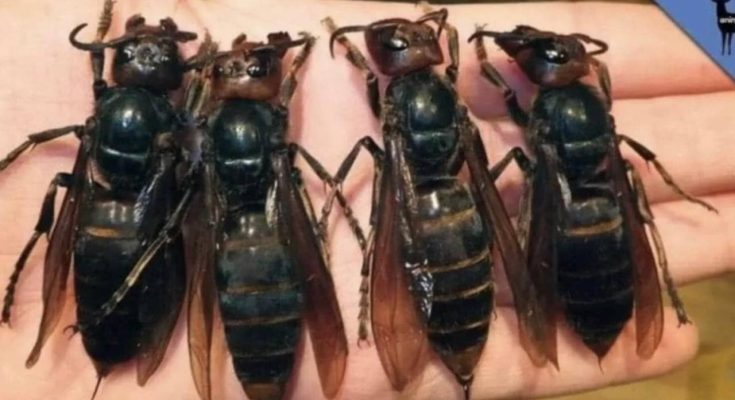Their powerful giant mandibles allowed them to murder and decapitate hundreds of bees, seizing control of the hive and preserving it for themselves. They brutally break apart the brood to feed their offspring, wreaking havoc in their wake.

In addition to the risk, the venom from a single sting can kill a human. These “murder hornets” inject large amounts of poison onto their target
. While human fatalities from a single sting are uncommon, the danger remains concerning. In response to this concerning development, the WSDA is taking steps to mitigate the hazard. Entomologists are setting up live traps in the region and plan to tag captured wasps to trace them back to their nests. This encounter’s proximity to the US-Canada border has spurred officials in that region to set more traps to prevent the spread of these deadly insects.
The appearance and spread of the enormous killer wasp, sometimes known as the “murder hornet,” serve as a sharp reminder of nature’s constant hazards. With the potential to decimate bee numbers and damage humans, efforts to monitor, manage, and mitigate this invasive species are critical to ensuring both ecosystem health and public safety.



